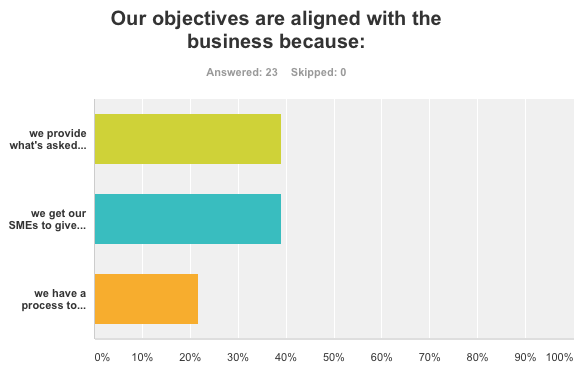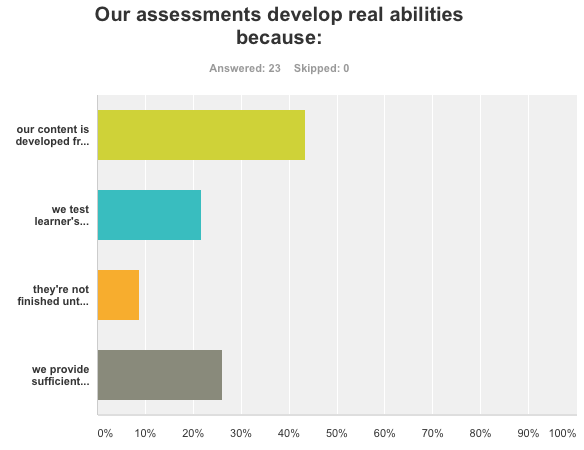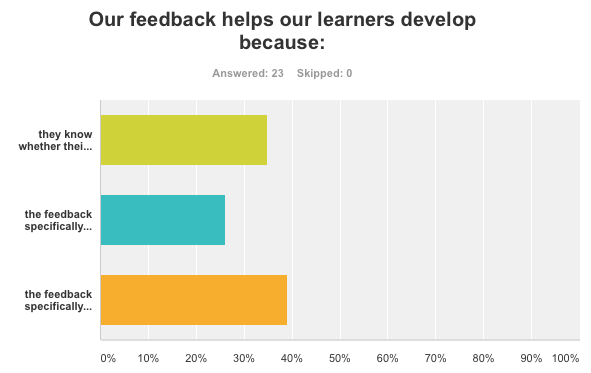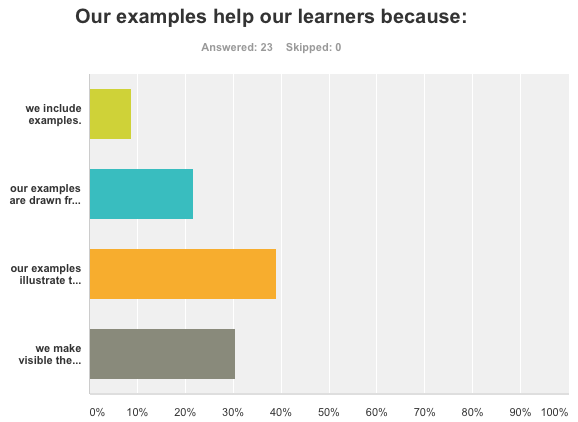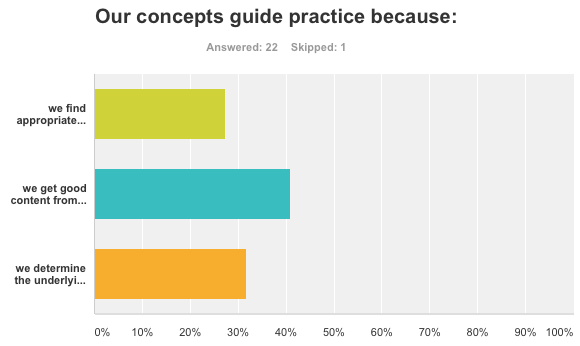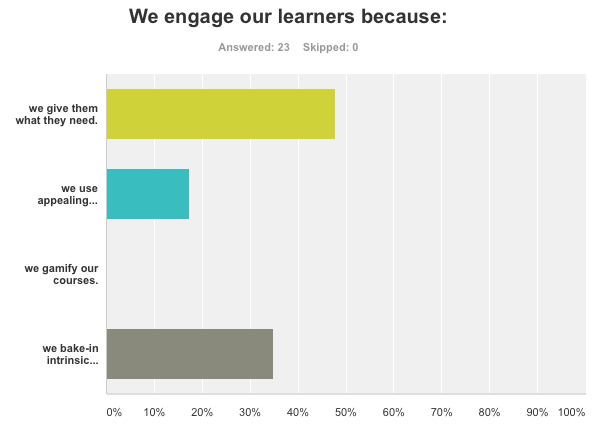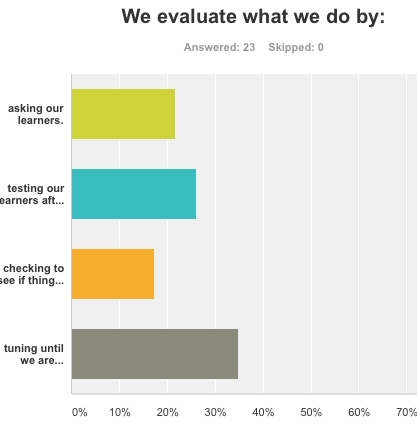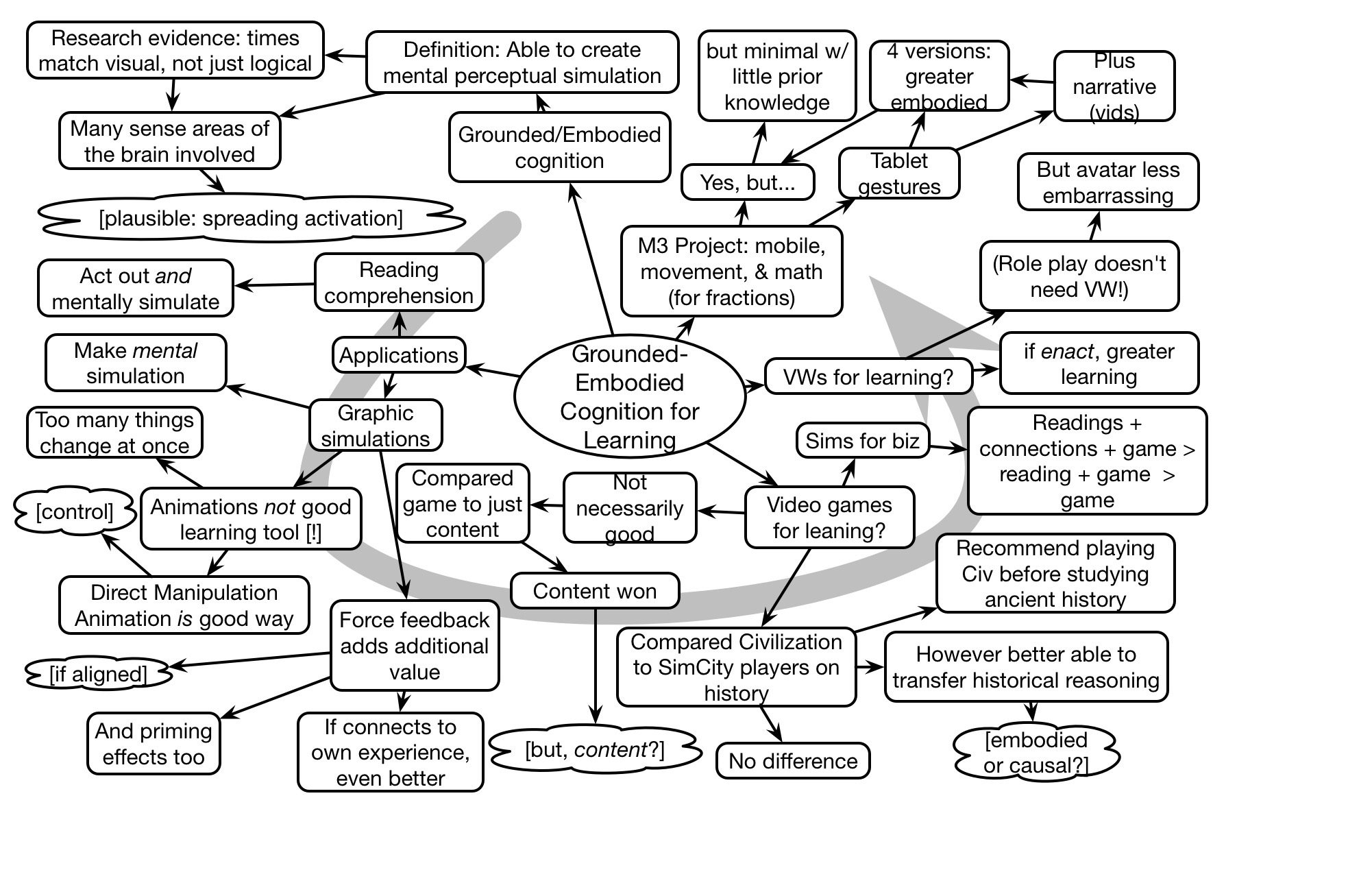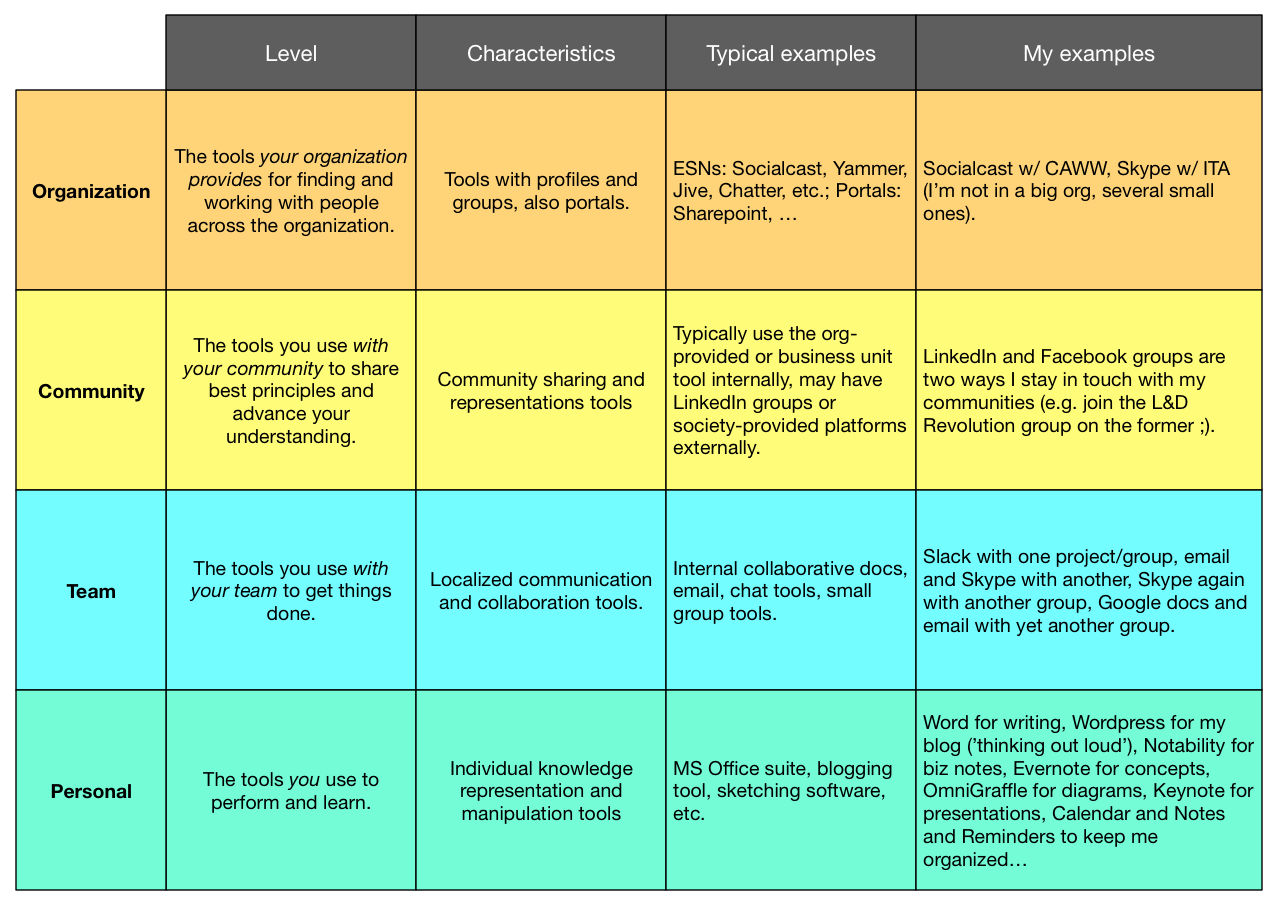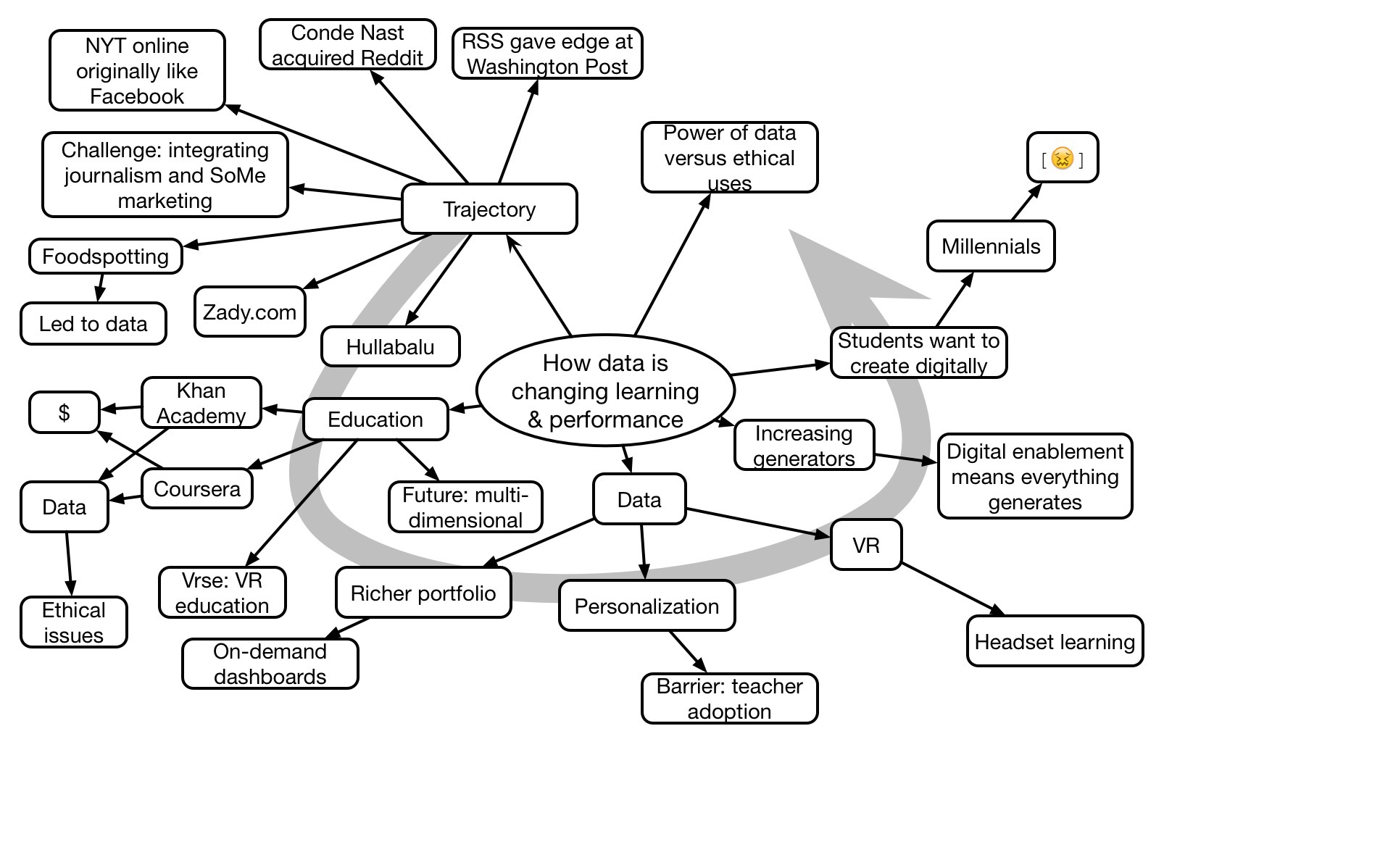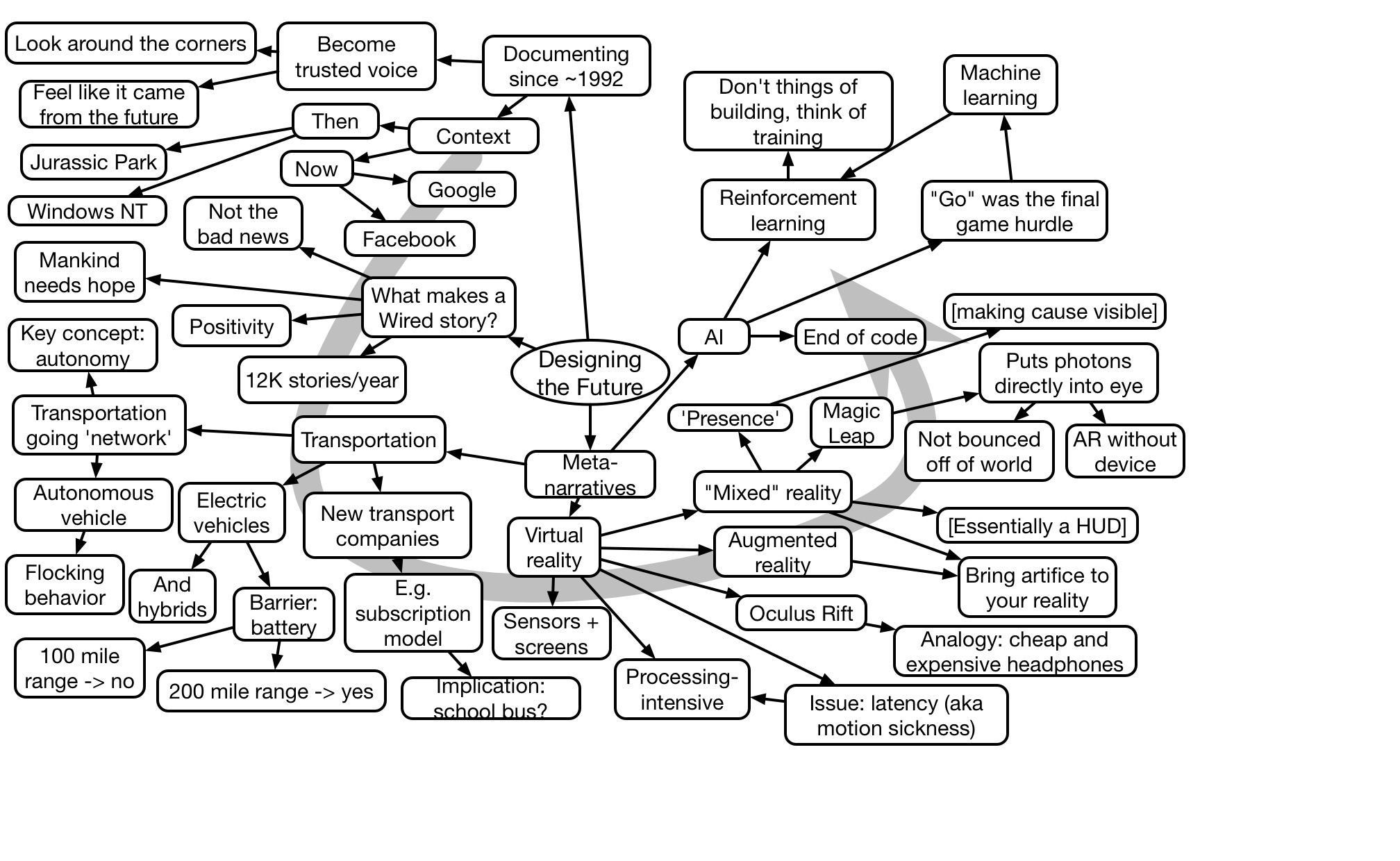So, I was chided that my last post was not helpful in moving people forward, as I was essentially being derogatory to those who weren’t applying the new understandings. And I’ve previously provided lots of ways to think anew about L&D, such as posts on the topics (both carrot and stick), pointed to readings that are relevant and can help, created a group to discuss the issues, and even written a book trying to point out the ways to move forward, so I’m not apologetic about also trying to point out the gaps (hey, let’s try all levers). However, I’m happy to also weigh in positively as well.
The question may be where to start. And of course that will differ. Different organizations will have different starting situations, and contexts, that will mean a different approach will make sense for them. But there are some overall guiding principles that will help.
One of the first steps is to move to a performance consulting approach. If you start talking to those who are requesting courses and start digging in deeper into the real problem, you’re likely to start investing in better solutions. This is a relatively straightforward step that is a small change to what you’re doing and yet has the promise of both investing your resources in more relevant ways, and starting to demonstrate real contributions to organizational success.
Of course, your elearning should also start being serious. We know what leads to effective learning, and we should be employing that deeper design. The nuances that make better learning aren’t obvious, but the details matter and distinguish between learning that has an impact and learning that doesn’t.
Another one is to start thinking about measurement. It’s been said before that “what’s measured, matters”, and this can and should be coupled with the aforementioned approach by looking for measurable improvements that come out of the performance conversation.
This naturally means that the scope of operations also moves beyond just courses to performance support, but again that should be a small stretch from what is already being done: extending developing course content to also developing job aid content.
One other suggestion is to start looking at the culture picture. While in the long term this should migrate to an organizational level concern, I suggest that it could and should start within the L&D organization. L&D needs to start practicing those elements of valuing diversity and openness, making it safe to share, and experimenting as a precursor to taking it out. The notion of starting small and scaling is a proven approach, and provides a chance to understand and leverage it as a basis for both internal improvement and to take it further.
It’s not easy. But it’s doable, and desirable. There’re lots of ways to get help (hint hint), but it’s past time to get started. Let’s get this going, and do it together. So, what barriers do you have and what questions can we assist with?


